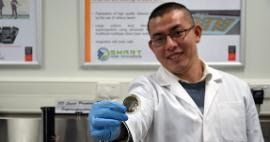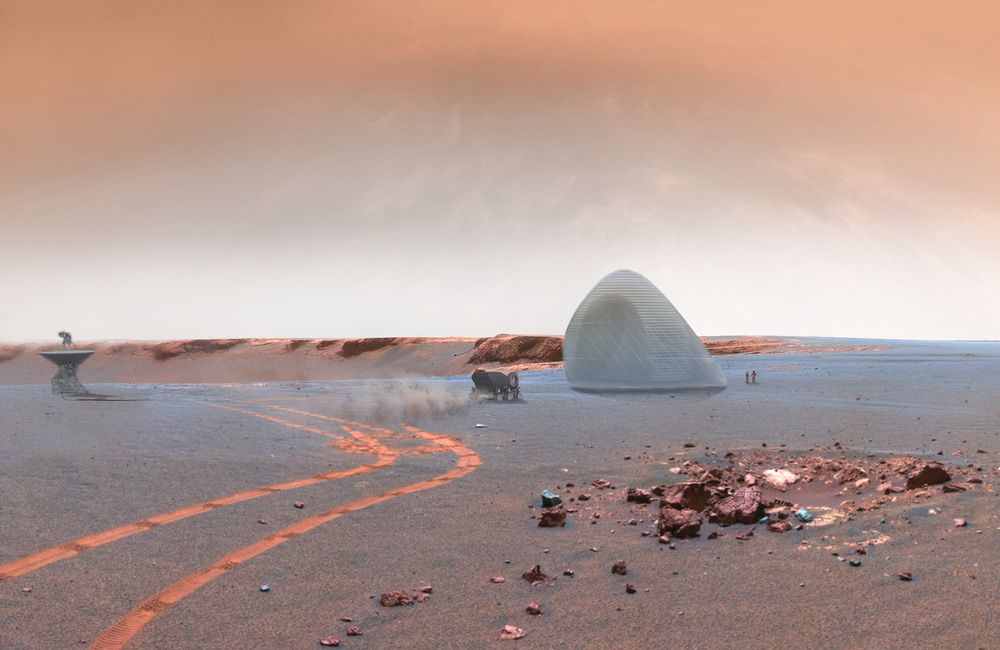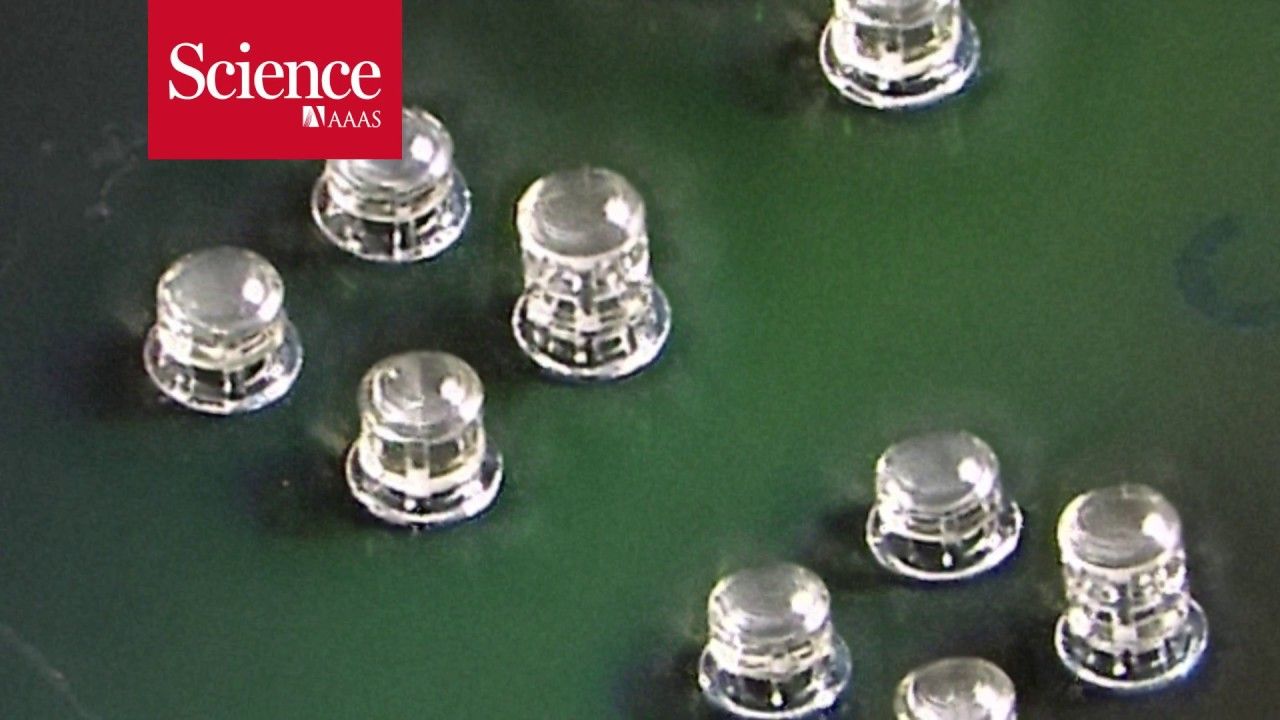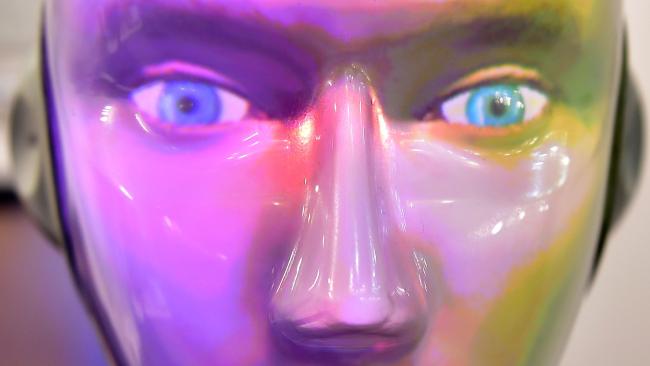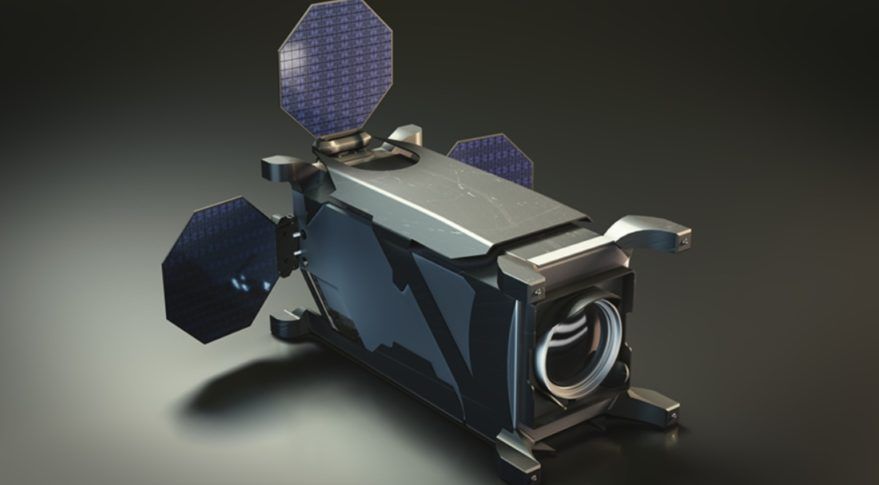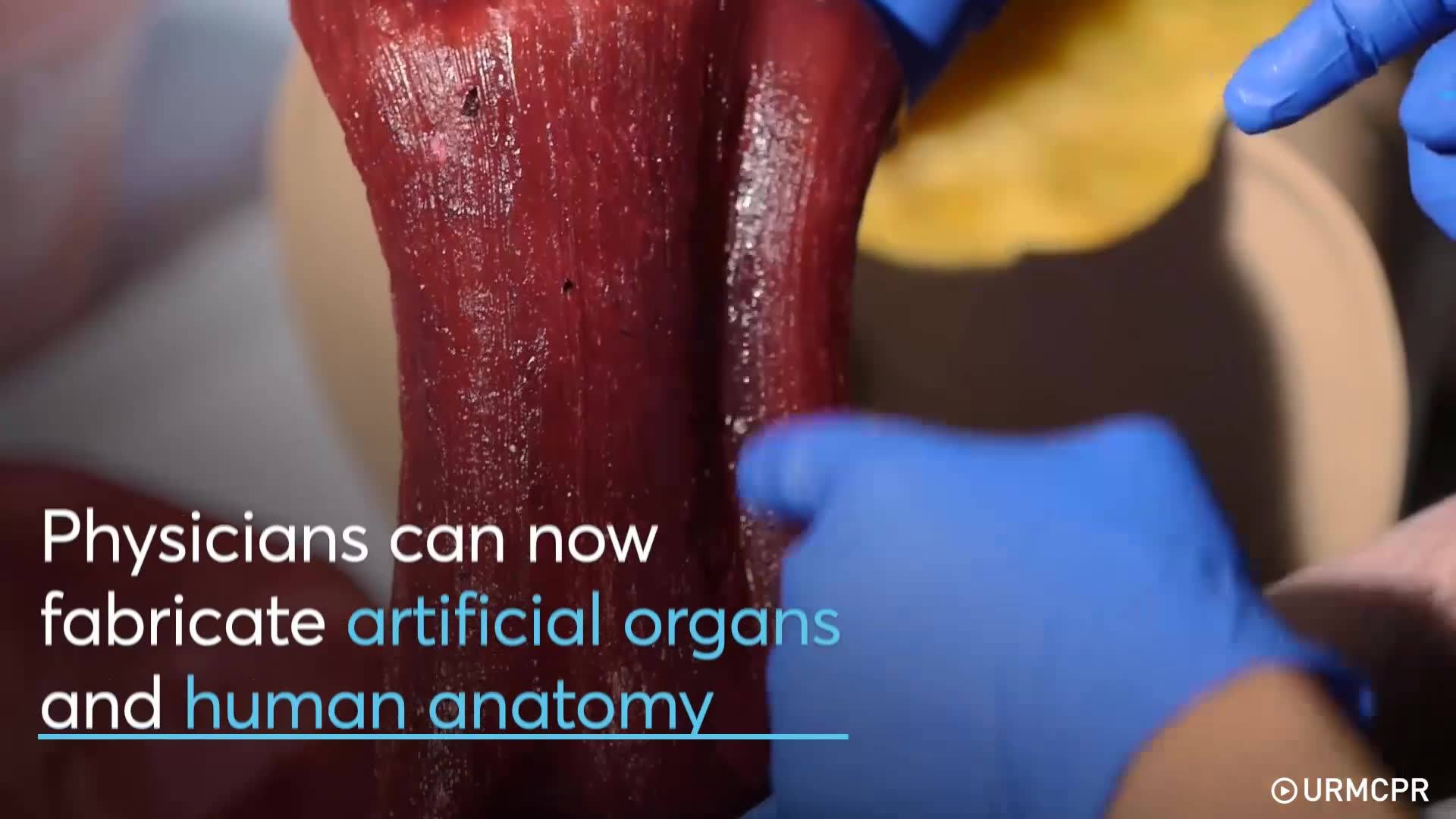Feb 25, 2017
Graphene oxide supercapacitor commercial prototype targeted within 2 years
Posted by Kevin Huang in categories: 3D printing, energy, transportation
OMG? Are we going to have super cheap electric vehicles in a few years that charge in a few seconds/minutes?
I hope so! This is very exciting.
Australia has supercapacitors made from graphene oxide. They can can store as much energy per kilogram as a lithium battery, but charges in minutes, or even seconds, and uses carbon instead of expensive lithium.
Continue reading “Graphene oxide supercapacitor commercial prototype targeted within 2 years” »
